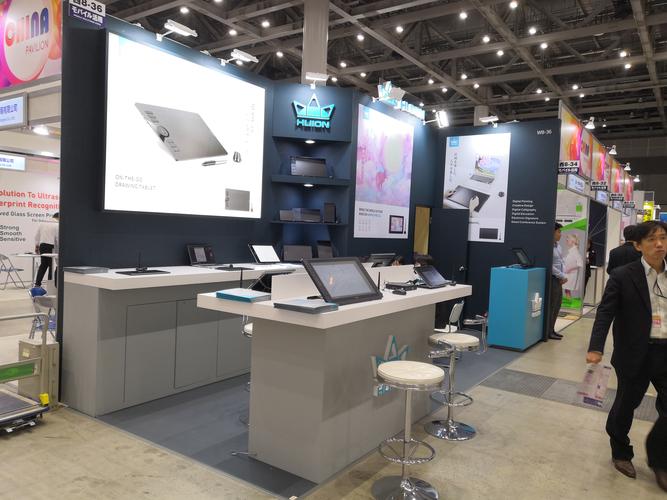BTC on Exchanges: A Comprehensive Guide
BTC on Exchanges: A Comprehensive Guide
When it comes to Bitcoin (BTC), exchanges play a pivotal role in the trading ecosystem. Whether you’re a seasoned investor or a beginner looking to dive into the world of cryptocurrencies, understanding how to buy, sell, and trade BTC on exchanges is crucial. In this detailed guide, we’ll explore various aspects of BTC trading on exchanges, including fees, security, liquidity, and the overall user experience.
Understanding Bitcoin Exchanges

Bitcoin exchanges are online platforms where users can buy, sell, and trade BTC and other cryptocurrencies. These platforms connect buyers and sellers, allowing for a seamless trading experience. Here’s a breakdown of the key components of a Bitcoin exchange:
- Order Books: This is where you can view the current buy and sell orders for BTC. It helps you understand the market sentiment and make informed trading decisions.
- Trading Pairs: Exchanges offer various trading pairs, allowing you to trade BTC against other cryptocurrencies or fiat currencies like USD or EUR.
- Deposit and Withdrawal Methods: Exchanges support different deposit and withdrawal methods, including bank transfers, credit/debit cards, and cryptocurrency wallets.
- Security Features: Top exchanges prioritize security, offering features like two-factor authentication (2FA), cold storage for funds, and regular security audits.
Choosing the Right Bitcoin Exchange
Selecting the right Bitcoin exchange is crucial for a smooth trading experience. Here are some factors to consider when choosing an exchange:
- Reputation: Look for exchanges with a strong reputation and positive reviews from users. This ensures that the platform is reliable and trustworthy.
- Security: Prioritize exchanges that offer robust security features, such as 2FA, cold storage, and regular security audits.
- Liquidity: Choose an exchange with high liquidity, as it ensures that you can execute trades quickly and at competitive prices.
- Trading Fees: Compare the trading fees of different exchanges, as they can vary significantly. Some exchanges offer lower fees for high-volume traders.
- Payment Methods: Ensure that the exchange supports your preferred payment method for depositing and withdrawing funds.
How to Buy BTC on an Exchange

Buying BTC on an exchange is a straightforward process. Here’s a step-by-step guide:
- Sign Up and Verify: Create an account on the exchange of your choice and complete the verification process. This may involve providing personal information and proof of identity.
- Deposit Funds: Deposit funds into your exchange account using your preferred payment method. This could be fiat currency or another cryptocurrency.
- Choose a Trading Pair: Select the trading pair you want to trade, such as BTC/USD or BTC/EUR.
- Place an Order: Decide whether you want to place a market order (buy/sell at the current market price) or a limit order (buy/sell at a specific price). Enter the amount of BTC you want to buy or sell and confirm the order.
- Withdraw Your BTC: Once your order is executed, you can withdraw your BTC to a cryptocurrency wallet of your choice.
Understanding Trading Fees
Trading fees are a crucial aspect of trading on exchanges. Here’s a breakdown of the different types of fees you may encounter:
- Maker Fees: Paid when placing a limit order that adds liquidity to the market.
- Taker Fees: Paid when placing a market order that removes liquidity from the market.
- Withdrawal Fees: Some exchanges charge fees for withdrawing funds to external wallets.
It’s essential to compare the trading fees of different exchanges to find the most cost-effective option for your trading needs.
Security and Safety Measures
Security is a top priority when trading BTC on exchanges. Here are some key security measures to consider:
- Two-Factor Authentication (2FA): Enable 2FA to add an extra layer of security to your account.
- Cold Storage: Exchanges typically store a significant portion of their users






